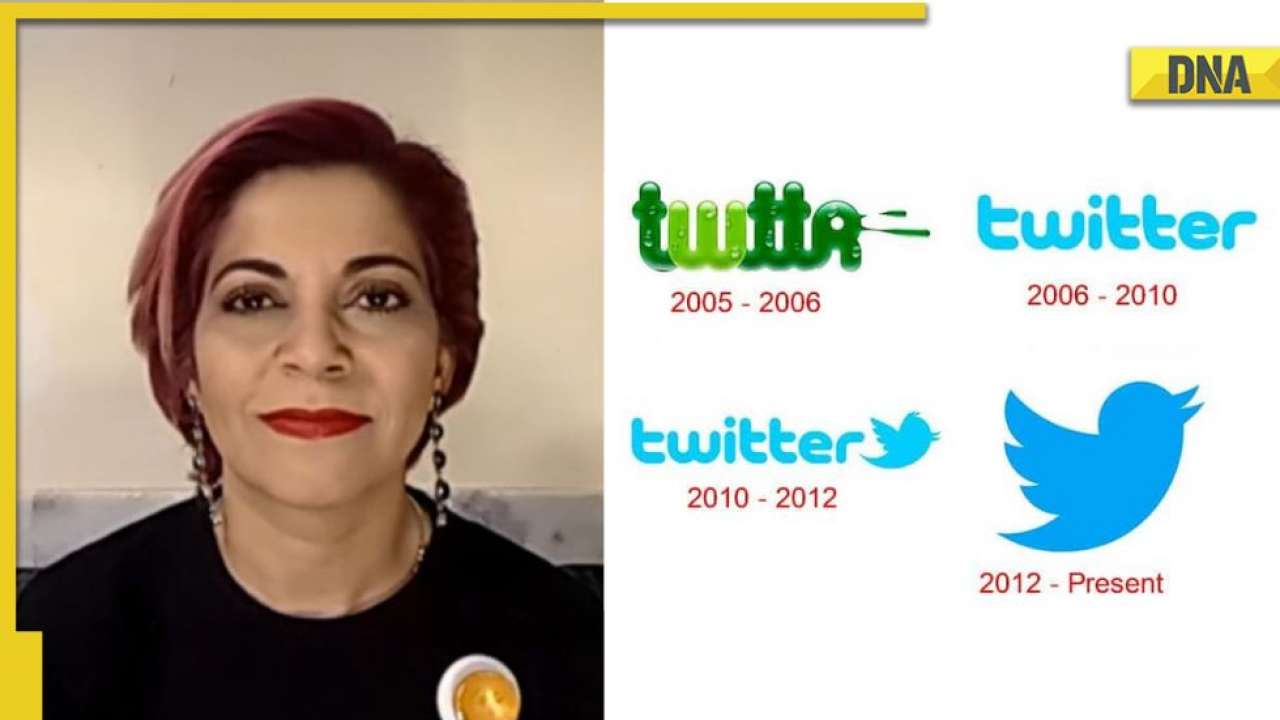Far from being “godless” or disenchanted, Indian Zoomers are embracing faith—but on their own terms.
In the land of gods and gigabytes, a quiet but powerful spiritual shift is underway—led not by priests or politicians, but by India’s youngest cohort: Generation Z. Nearly 400 million strong, these digital natives born after 1997 are redefining what it means to be religious in the 21st century. And they’re doing it with livestreamed aartis, AI-generated kundlis, QR-enabled pilgrimages, and micro-meditation apps.
Far from being “godless” or disenchanted, Indian Zoomers are embracing faith—but on their own terms. The result is a tech-savvy spiritual revival where Instagram feeds double as temples, WhatsApp Channels replace loudspeakers, and salvation might just be a swipe away.
The Digital Dharma Revolution
India has long been one of the world’s most devout nations—84% of Indian adults say religion is “very important” in their daily lives, according to the Pew Research Center’s 2021 landmark study on religion in India.
But Gen Z is recoding that faith through the lens of digital life:
• 56% of Gen Z users follow religious hashtags like #TempleTok and
#Namaz on Instagram (Meta India Trends Report, 2025).
• 38% use a spiritual or religious app monthly—more than double the
national average (AstroTalk usage data, 2025). 62% say their faith practices
help manage stress and anxiety (WHO-NIMHANS joint study, 2024).
• 70% of AstroTalk’s FY 2024–25 revenue came from users under age 35 (Company earnings report).
The ecosystem is evolving quickly. Meta’s WhatsApp Channels for temples gained 10 million followers in just six months (Meta India, 2025). YouTube’s live aarti feeds from Tirupati and Shirdi attract over 2 million daily viewers, especially during festivals. Meanwhile, startups are innovating—AstroTalk now offers voice-note kundlis and “karma points” redeemable for gemstone discounts.
Faith as Mental-Health Lifeline
India is grappling with a youth mental health crisis: one in four adolescents (aged 13–15) shows signs of depression, per WHO data. In response, many Zoomers are turning to ancient spiritual tools, reframed for modern life.
A pilot project at Bengaluru’s NIMHANS, blending cognitive behavioural therapy (CBT) with Vedic chanting, saw self-reported stress drop by 50% in eight weeks (NIMHANS peer-reviewed findings, 2024). Meanwhile, Khalsa Aid’s Amritsar helpline reports that 70% of its young callers prefer Gurbani playlists
over traditional talk therapy.
Apps like NumroVani and Coto deliver 60-second “micro-healing” nudges—daily tarot pep-talks, pranayama cues—that have seen 180% year-on-year adoption growth among Gen Z users (Company app analytics, 2025).
“Morning darshan on my phone calms me before exams,” says Trisha Jain, 16, a Class XI student in Bengaluru. “It’s my digital grounding ritual.”
The Pilgrimage Goes Phygital
Perhaps nowhere is this new wave of youth spirituality more visible than at India’s holy sites. At Maha Kumbh 2025, footfall surged to 660 million in 45 days—surpassing the combined populations of the U.S. and Russia. The economic impact was staggering: ₹3 lakh crore, up from just ₹12,000 crore in 2013, according to government tourism data.
But this wasn’t a traditional pilgrimage. It was digitised and dynamic:
• RFID wristbands tracked visitor flows.
• Drone light shows wowed crowds.
• QR-code darshan passes helped cap attendance.
• Pop-up stalls offered vegan bhojan, Vedic tattoos, and AI-driven lost�child trackers.
“Kumbh felt like Tomorrowland with holy water,” recalls Divya Nair, 23, a startup founder who spent six days at Prayagraj this year.
When Boys Became Believers
In a surprising trend, young Indian men are outpacing women in some markers of religious engagement. In Delhi-NCR, 54% of men aged 18–34 report weekly temple visits compared to 49% of women, according to a 2024 Statista survey. On OMTV, a spiritual streaming platform, 85% of its 2.5 million monthly users are
male (Platform analytics, 2025).
Analysts cite the need for structure in a gig-based economy, the rise of influencer�priests like “Baba Biceps,” and a post-Ram-Mandir surge in cultural pride as key factors. “The boys in my class wear rudraksha bracelets like they’re Nike bands. Five years ago, that was uncool,” says Sister Joseph Maria, a sociology lecturer from Kochi. “Something’s definitely flipped.”
A New Kind of Secularism
At its core, this digital devotion reflects not sectarianism—but pluralism. A 2023 CSDS-Lokniti survey found that 81% of Indian youth (18–25) believe “India belongs equally to all religions.”
From Instagram reels blending Quranic chants with lo-fi beats to Sikh youth livestreaming Japji Sahib, Gen Z is reclaiming spirituality as both a personal practice and a symbol of inclusive identity. “My Insta feed is my mandir—morning chants, astrology memes, and mental�health reels,” says Armaan Sheikh, a 19-year-old Mumbai college student. “Faith on shuffle.”
Fault Lines and Flashpoints
This spiritual-tech revolution isn’t without growing pains:
• Fake forecasts: Over 12,000 misleading “doom-kundli” posts were flagged by PIB during the 2025 exam season alone.
• Environmental overload: The waste management bill for Maha Kumbh topped Rs 742 crore, raising sustainability alarms.
• Gender gaps persist: Only 6% of temple boards have female trustees, limiting leadership representation.
Solutions are emerging:
• RFID-based crowd control and eco-hostel incentives for sustainable tourism.
• “Blue tick” verification for credentialed priests and astrologers on social media.
• Proposed NEP 2020 curriculum additions to include comparative
spirituality electives to promote interfaith literacy from an early age.
Faith Forward: A Triple Dividend
Gen Z is not discarding India’s religious heritage—it is electrifying it. They're plugging ancient chants into 5G networks, scanning QR codes for darshan, and turning devotional practice into a mindfulness tool, identity anchor, and digital ritual.
Done right, this remix could deliver a triple dividend:
• Healthier minds, through ritual-based emotional regulation.
• Greener wallets, as the spiritual economy powers job creation and tourism growth.
• Stronger social fabric, anchored in the youth’s overwhelming belief in religious inclusivity.
In a hyper-distracted world, these young Indians are using thousand-year-old practices to find modern stillness. As India steps into a fully digital future, don’t be surprised if the next unicorn startup runs on sandalwood-scented servers and streams a daily aarti. Because in 2025, belief isn’t binary—it’s broadband. And Gen Z is already logged in.
(Disclaimer: The views expressed above are the author's own and do not reflect those of DNA)
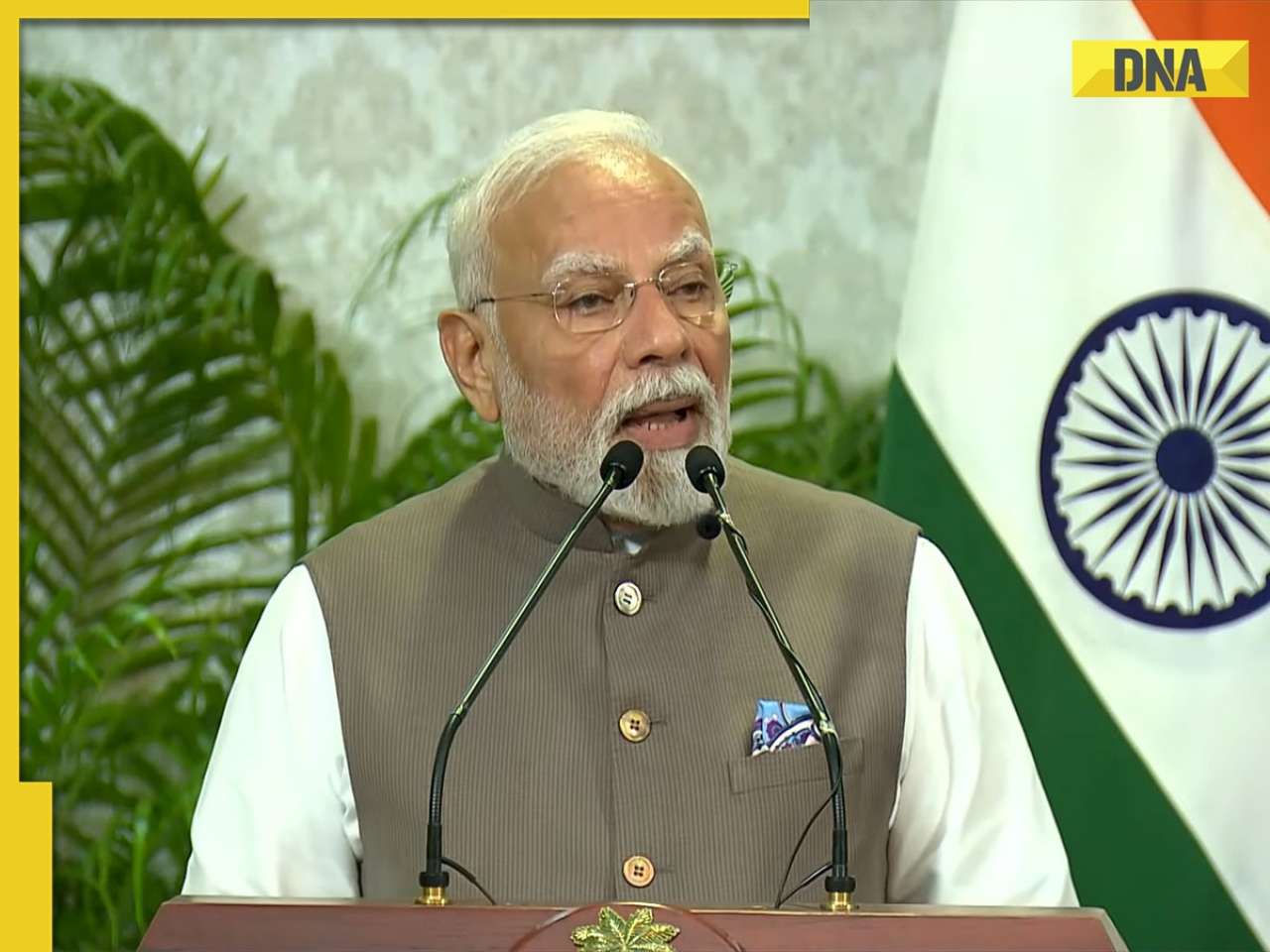 PM Modi's BIG message to Maldives, says, 'Whether it's a disaster or...'
PM Modi's BIG message to Maldives, says, 'Whether it's a disaster or...'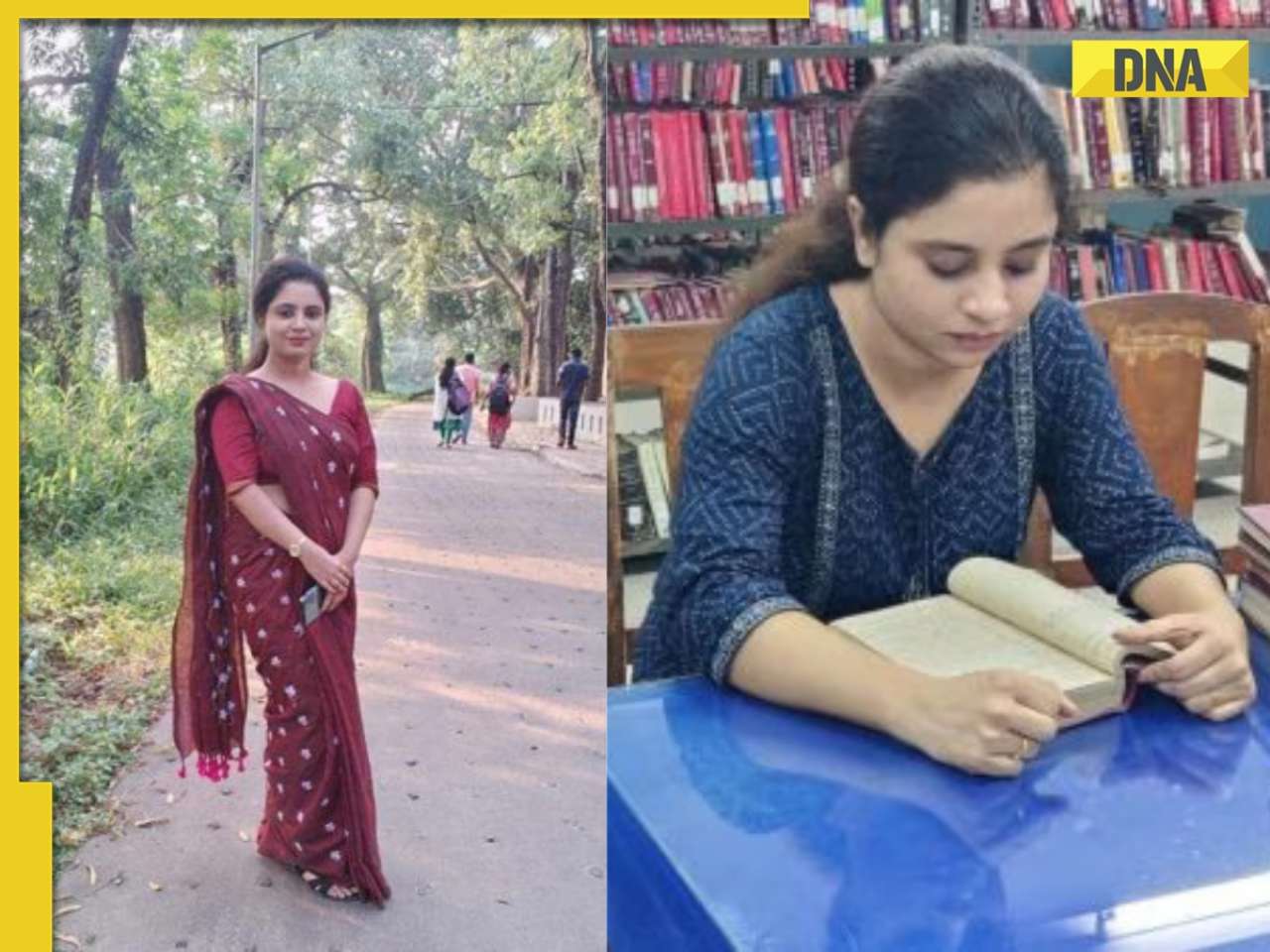 Meet Nilufa Yasmine, who topped UGC NET June exam, failed twice before scoring a perfect 100, she is from...
Meet Nilufa Yasmine, who topped UGC NET June exam, failed twice before scoring a perfect 100, she is from... Joe Root surpasses Ricky Ponting to become 2nd highest run-scorer in Test history; trails Sachin Tendulkar by...
Joe Root surpasses Ricky Ponting to become 2nd highest run-scorer in Test history; trails Sachin Tendulkar by...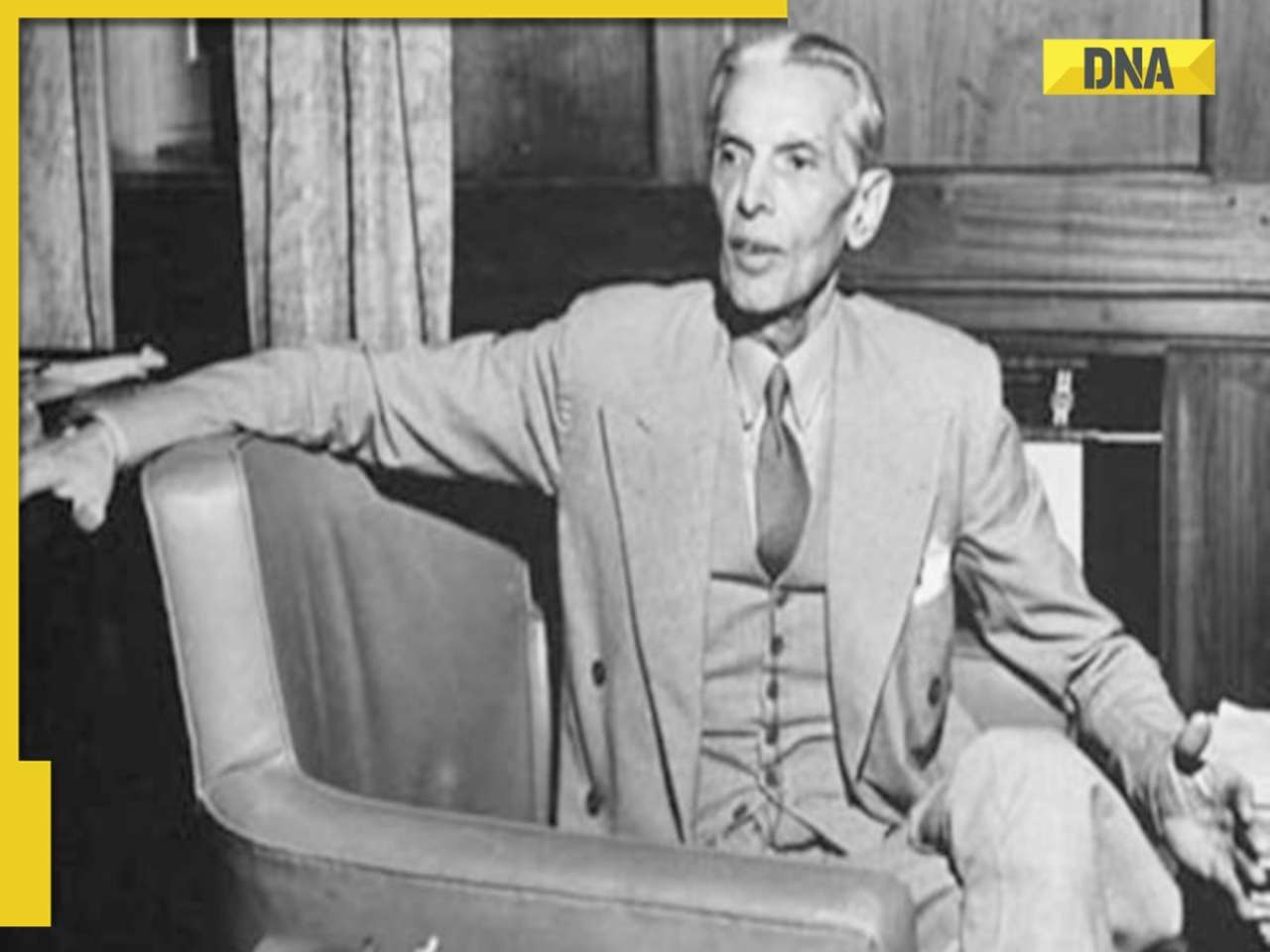 Jinnah wanted THIS Muslim man to be first Finance Minister of Pakistan, he refused, his son is on Forbes list of billionaires
Jinnah wanted THIS Muslim man to be first Finance Minister of Pakistan, he refused, his son is on Forbes list of billionaires 65-year-old actor and his 37-year-old son have made their directorial debut in 2025, they are...., their first films are...
65-year-old actor and his 37-year-old son have made their directorial debut in 2025, they are...., their first films are... Other than heart attacks or BP : 7 hidden heart conditions triggered by oily foods
Other than heart attacks or BP : 7 hidden heart conditions triggered by oily foods 7 most captivating space images captured by NASA you need to see
7 most captivating space images captured by NASA you need to see AI-remagined famous Bollywood father-son duos will leave you in splits
AI-remagined famous Bollywood father-son duos will leave you in splits 7 superfoods that boost hair growth naturally
7 superfoods that boost hair growth naturally Confused between Forex and Credit cards for your international trip? Learn which saves more
Confused between Forex and Credit cards for your international trip? Learn which saves more Tata Harrier EV Review | Most Advanced Electric SUV from Tata?
Tata Harrier EV Review | Most Advanced Electric SUV from Tata? Vida VX2 Plus Electric Scooter Review: Range, Power & Real-World Ride Tested!
Vida VX2 Plus Electric Scooter Review: Range, Power & Real-World Ride Tested! MG M9 Electric Review | Luxury EV with Jet-Style Rear Seats! Pros & Cons
MG M9 Electric Review | Luxury EV with Jet-Style Rear Seats! Pros & Cons Iphone Fold: Apple’s iPhone Fold Could Solve Samsung’s Biggest Foldable Problem | Samsung Z Fold 7
Iphone Fold: Apple’s iPhone Fold Could Solve Samsung’s Biggest Foldable Problem | Samsung Z Fold 7 Trump News: Congress Seeks Answers On Trump's Alleged Mediation In Operation Sindoor
Trump News: Congress Seeks Answers On Trump's Alleged Mediation In Operation Sindoor Jinnah wanted THIS Muslim man to be first Finance Minister of Pakistan, he refused, his son is on Forbes list of billionaires
Jinnah wanted THIS Muslim man to be first Finance Minister of Pakistan, he refused, his son is on Forbes list of billionaires After India-UK FTA, New Delhi to begin talks with THIS country, because...
After India-UK FTA, New Delhi to begin talks with THIS country, because... Indian billionaire Sunil Mittal earns Rs 13499163600 profit from this country, not India, UK; net worth reaches Rs...
Indian billionaire Sunil Mittal earns Rs 13499163600 profit from this country, not India, UK; net worth reaches Rs... UPI Alert! New UPI rules to come in effect from..., know how it will affect GPay, PhonePe, Paytm users
UPI Alert! New UPI rules to come in effect from..., know how it will affect GPay, PhonePe, Paytm users 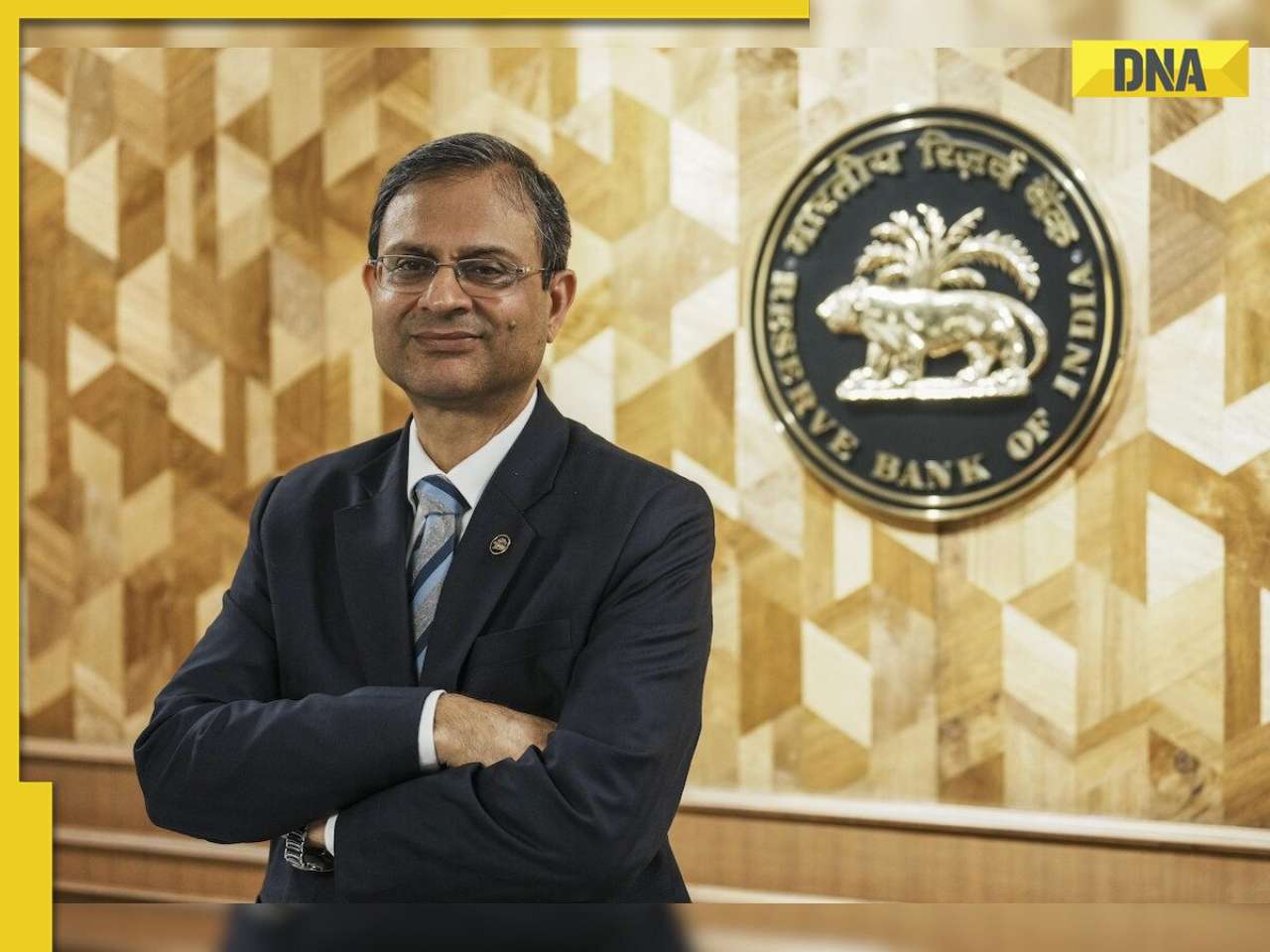 RBI Governor Sanjay Malhotra makes BIG statement on free UPI transactions, says 'some cost...'
RBI Governor Sanjay Malhotra makes BIG statement on free UPI transactions, says 'some cost...' Ashish Chanchlani looks dashing as he drops latest photos from Italy, fans say 'Tom Cruise fail hai aapke saamne'
Ashish Chanchlani looks dashing as he drops latest photos from Italy, fans say 'Tom Cruise fail hai aapke saamne' Are these five vintage car museums in India a must-visit for every automobile lover?
Are these five vintage car museums in India a must-visit for every automobile lover? Riddhima Kapoor Sahni looks dreamy in pastel gold embroidered ensemble as she walks for Suneet Varma at IWC 2025; SEE PICS
Riddhima Kapoor Sahni looks dreamy in pastel gold embroidered ensemble as she walks for Suneet Varma at IWC 2025; SEE PICS Malaika Arora grabs attention with her street style moment, dons oversized denims, white tank top, luxurious mini bag worth Rs…
Malaika Arora grabs attention with her street style moment, dons oversized denims, white tank top, luxurious mini bag worth Rs… Raksha Bandhan 2025: Bollywood's sweetest 'muh-bole' sibling bonds that celebrate rakhi beyond blood
Raksha Bandhan 2025: Bollywood's sweetest 'muh-bole' sibling bonds that celebrate rakhi beyond blood PM Modi's BIG message to Maldives, says, 'Whether it's a disaster or...'
PM Modi's BIG message to Maldives, says, 'Whether it's a disaster or...' Good news for first-time employees, set to get Rs…; check eligibility and other details
Good news for first-time employees, set to get Rs…; check eligibility and other details Air India sees another mid-air scare as Mumbai-bound flight returns to Jaipur minutes after takeoff due to...
Air India sees another mid-air scare as Mumbai-bound flight returns to Jaipur minutes after takeoff due to... Delhi-Meerut RRTS: Namo Bharat train timings changed for July 27 due to...; to start at...
Delhi-Meerut RRTS: Namo Bharat train timings changed for July 27 due to...; to start at...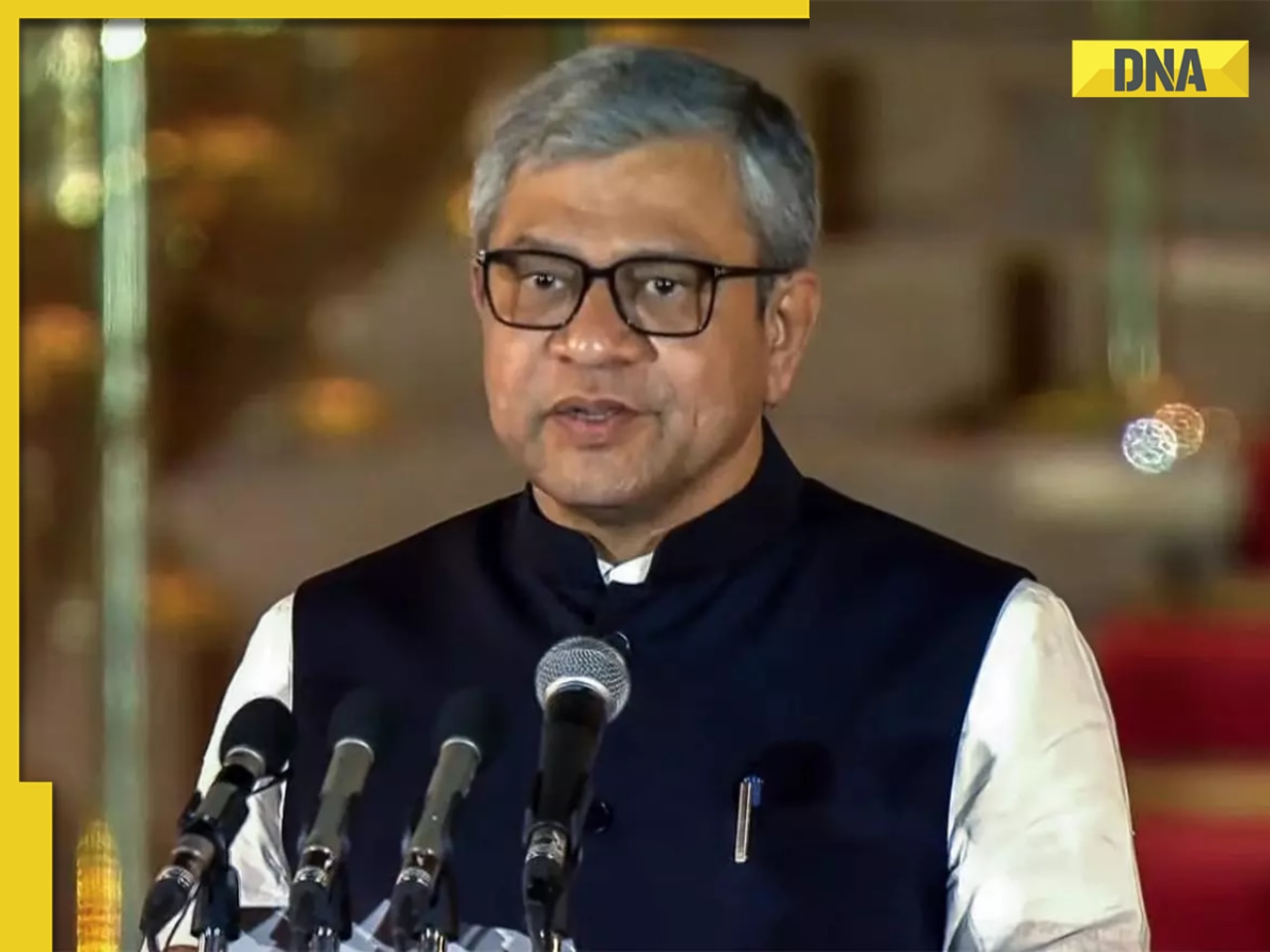 Indian Railways takes BIG step, successfully tests country's first-ever...; Ashwini Vaishnaw shares update, check details
Indian Railways takes BIG step, successfully tests country's first-ever...; Ashwini Vaishnaw shares update, check details Meet Nilufa Yasmine, who topped UGC NET June exam, failed twice before scoring a perfect 100, she is from...
Meet Nilufa Yasmine, who topped UGC NET June exam, failed twice before scoring a perfect 100, she is from... Meet woman, daughter of vegetable vendor who cracked UPSC, her mother mortgaged gold for her education, her AIR is…
Meet woman, daughter of vegetable vendor who cracked UPSC, her mother mortgaged gold for her education, her AIR is… Meet woman, who cracked IIT with full-time job, secured impressive AIR of...; now works at Bill Gates' Microsoft as...
Meet woman, who cracked IIT with full-time job, secured impressive AIR of...; now works at Bill Gates' Microsoft as... Meet woman, couldn't speak English, once worked at Ratan Tata's TCS, cleared ISRO, BARC exams; later cracked UPSC with AIR..., she is...
Meet woman, couldn't speak English, once worked at Ratan Tata's TCS, cleared ISRO, BARC exams; later cracked UPSC with AIR..., she is... Meet woman, 'beauty with brain', who left medical studies, cracked UPSC exam not once but twice with AIR..., she is from...
Meet woman, 'beauty with brain', who left medical studies, cracked UPSC exam not once but twice with AIR..., she is from... Maruti Suzuki's e Vitara set to debut electric market at Rs..., with range of over 500 km, to launch on...
Maruti Suzuki's e Vitara set to debut electric market at Rs..., with range of over 500 km, to launch on... This is world’s most expensive wood, cost of 1kg wood is more than gold, its name is..., is found in...
This is world’s most expensive wood, cost of 1kg wood is more than gold, its name is..., is found in... This luxury car is first choice of Indians, even left BMW, Jaguar, Audi behind in sales, it is...
This luxury car is first choice of Indians, even left BMW, Jaguar, Audi behind in sales, it is... Kia India unveils Carens Clavis: Check features, design changes, price and more; bookings open on...
Kia India unveils Carens Clavis: Check features, design changes, price and more; bookings open on... Tesla CEO Elon Musk launches most affordable Cybertruck, but it costs Rs 830000 more than older version, it is worth Rs...
Tesla CEO Elon Musk launches most affordable Cybertruck, but it costs Rs 830000 more than older version, it is worth Rs...




)
)
)
)
)
)
)
)
)
)
)
)
)
)
)
)











